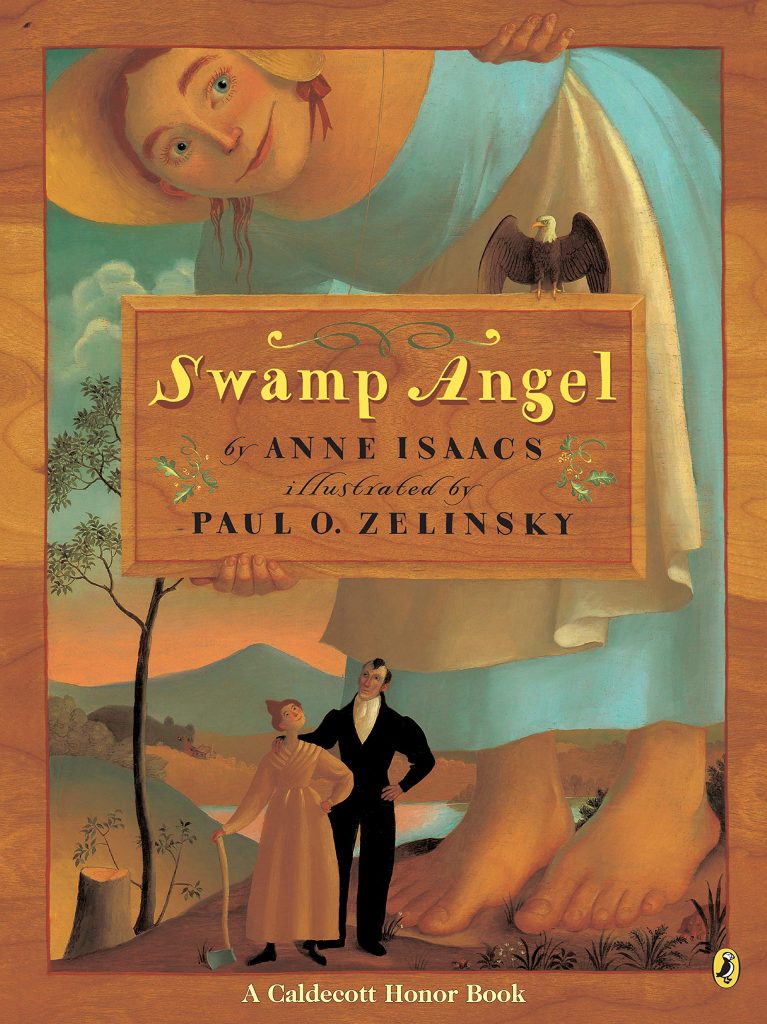
BIBLIOGRAPHY
Lai, Thanhha. Inside Out & Back Again. New York: Harper, 2011. ISBN 9780061962783
PLOT SUMMARY
Told in verse, Inside Out & Back Again is the story of a girl and her journey from her war-torn home country, Vietnam, to a strange, often difficult new one in America. The novel begins in February 1975 in Saigon, where Hà lives with her mother and three older brothers. With the country in the throes of war and her father taken by the communists, Hà and her family are shepherded aboard a runaway navy ship by a kind uncle. For over three weeks, the family and other Vietnamese refugees live at sea on cut rations and one bathroom break a day, hoping to be spotted and saved by rescue boats. Finally, Americans come, bringing food and transport to camps in Guam and then in Florida, where the family waits for weeks on end, hoping and praying for an American sponsor. When a “cowboy” comes to the camp looking for a car mechanic, Hà’s brother Quang, who studied engineering in Vietnam, catches his eye and cowboy man decides to bring the whole family home with him to Alabama. The move to the state is difficult for school-smart Hà, who now struggles to learn English and keep up with her classmates. Bullies and racist neighbors make life even more difficult. Still, Hà manages to rise above her difficulties, holding tightly to her family, a kindly next-door neighbor, and school friends who care. One full year after Inside Out begins, Hà senses that her future is bright.
CRITICAL ANALYSIS
Lai’s mastery of imagery, exemplified in her descriptions of papaya, is astoundingly good. First, Hà introduces readers to the papaya seed she has planted, “a seed like / a fish eye, / slippery / shiny / black”—and then to the freshly picked papaya itself, which Hà describes as “soft as a yam / gliding down / after three easy, / thrilling chews”—and lastly, to a different kind of papaya given to her in her new home in Alabama: “Three pouches of dried papaya / chewy / sugary / waxy / sticky / not the same / at all.” The imagery of the fruit, “middle sweet / between a mango and a pear,” imbues itself into the pages so descriptively, so palpably that readers will feel as though they can almost taste the exotic fruit—and with it, Hà’s joys and sorrows.
Lai hasn’t just mastered imagery; she’s mastered language itself. There’s no doubt that her poetic verse packs a Bruce Lee punch, despite the brevity of the lines. Readers will smile behind the curtains with Mother as Hà’s brother Vu teaches neighbors combat techniques in the front yard, slowly winning over the community after having eggs thrown through their door and bricks smashed through their window. Readers will join Hà in despair when “Mother runs in after work, / hands clenched into white balls,” her amethyst wedding stone—and the last hope of her husband—lost forever. Readers will sympathize with Hà as her friendly neighbor, “MiSSiss WaSShington,” begins to teach her English, the hissy language she can’t pronounce. Finally, readers will cheer with Hà as she reveals her New Year’s hope: to “truly learn . . . to fly.” Hà’s emotions—and, inevitably, the reader’s own—will run the gamut, from scared and sorrowful to exultant.
This book is an important one. It is a book that will likely resonate with refugees and, perhaps more importantly, provide those who have never had a refugee experience with important insights. Furthermore, its format gives middle-graders an impressive introduction to verse poetry, and its imagery and emotional appeal provide unquestionable literary merit to middle-grade, teen, and adult readers alike. This book should be part of every library’s collection.
AWARDS AND REVIEW EXCERPTS
Newbery Medal Nominee (2012)
National Book Award for Young People’s Literature (2011)
Jane Addams Children’s Book Award Nominee for Older Children (2012)
From Publisher’s Weekly: “Narrating in sparse free-verse poems, 10-year-old Hà brings a strong, memorable voice to the immigrant experience as her family moves from war-torn South Vietnam to Alabama in 1975.”
From BookPage Reviews: “Lai’s spare poetry, full of emotion and infused with humor, is accessible to young children and adults alike. This moving and beautifully told story is a must-read for anyone who works with children new to the country.”
From Kirkus Reviews: “In her not-to-be-missed debut, Lai evokes a distinct time and place and presents a complex, realistic heroine whom readers will recognize, even if they haven’t found themselves in a strange new country.”
CONNECTIONS
- Read Inside Out & Back Again as an introduction to the Vietnam War. Then suggest the following books on the Vietnam War for teens to read and discuss in groups:
- Crowe, Chris. Death Coming Up a Hill. ISBN 9780544302150
- Schmidt, Gary D. Okay for Now. ISBN 9780547152608
- Kadohata, Cynthia. Cracker!: The Best Dog in Vietnam. ISBN 9780547152608
- Read Lai’s free verse poems about the papaya. Discuss how she uses imagery to bring her poetry to life. Invite middle-graders to write their own free verse poetry about fruit. Then, bring papaya and other fruits for a fruit party while children share their poems.
- After reading Inside Out & Back Again, invite middle-graders and teens to read other books and short stories by Thanhha Lai. Then, have a discussion about which they liked best and why:
- Lai, Thanhha. Listen, Slowly. ISBN 9780062229182
- Lai, Thanhha. Butterfly Yellow. ISBN 9780062229236
- Scieszka, Jon (editor). True Stories. ISBN 9780062316523
- After reading Inside Out & Back Again, invite teens to read other verse poetry. Then, vote on which they liked best and hold an awards ceremony for the favorite verse novel. The list could include the following:
- Reynolds, Jason. Long Way Down. ISBN 9781481438254
- Anderson, Laurie H. SHOUT. ISBN 9780670012107
- Wolff, Virginia E. Make Lemonade. ISBN 9780805080704
*Note—This book review was created as an assignment for a course at Texas Woman’s University.




